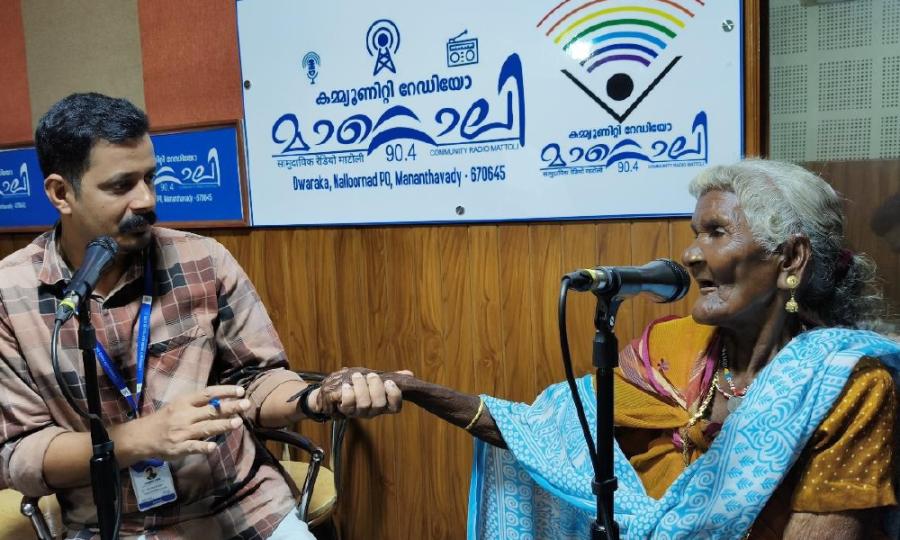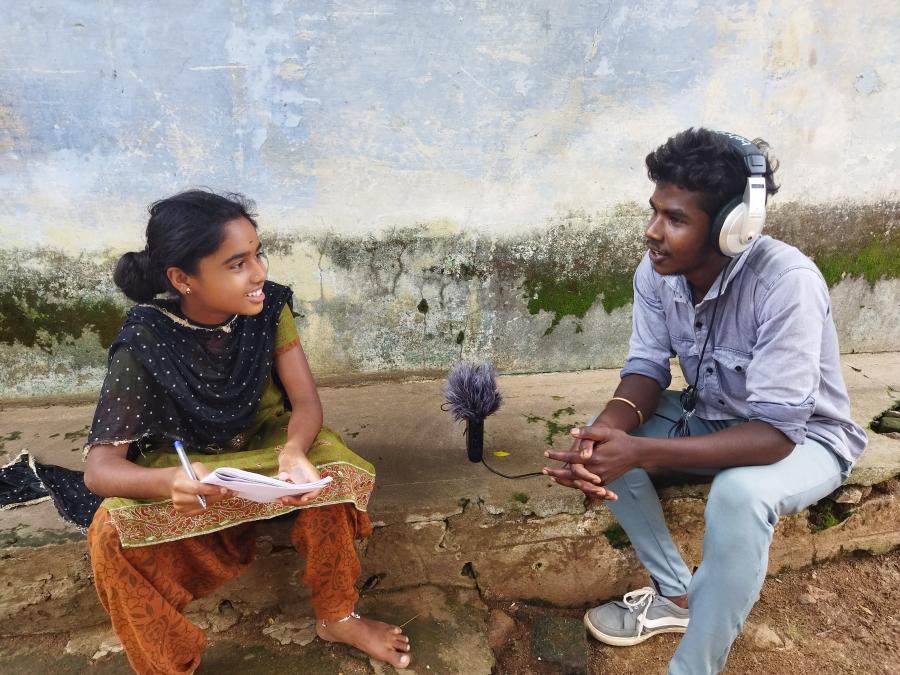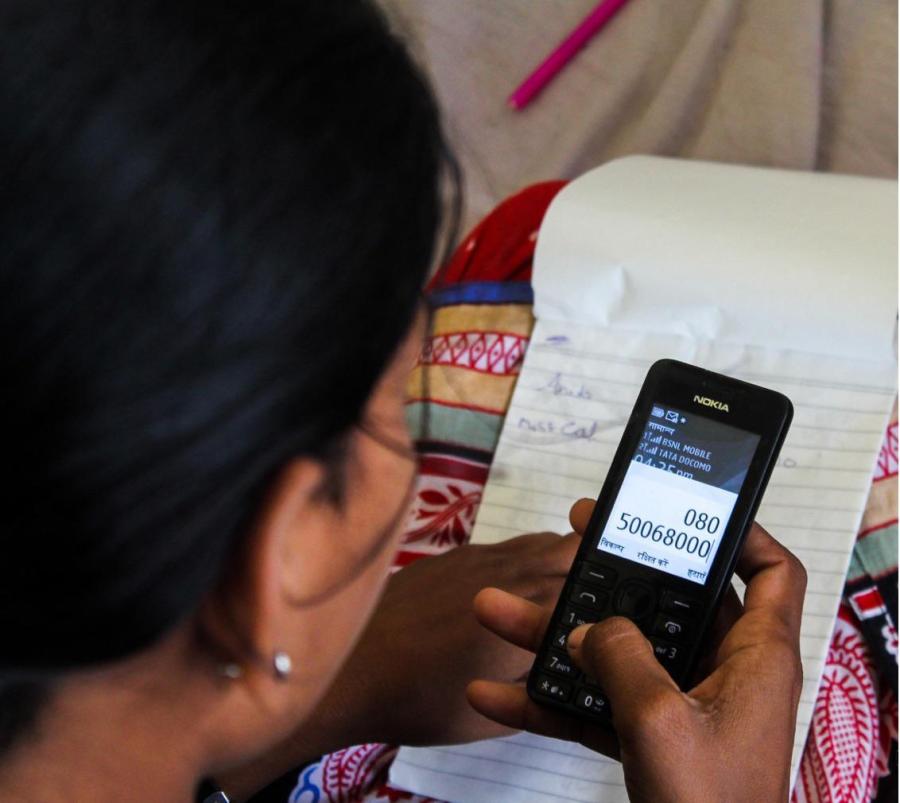For the last 12 years construction has continued unabated on India's Tehri Dam amidst staunch opposition, massive environmental degradation and social upheaval. Even lack of sufficient funds has not stopped this monstrous, concrete Juggernaut; it has been moving along in stages, with money acquired from state and national budgets.
At present, the four water diversion tunnels (two on the Bhilangana River and two on the Bhagirathi River) are complete; work is almost finished on the four head-race tunnels that bore deep into the mountainside to where the turbines will be housed, which will eventually generate, according to the Dam Authority, 2,400 megawatts (mw) of power. Construction on the actual dams-the massive Tehri Dam, a coffer dam just upstream of the actual dam site, and the smaller Koteshwar Dam about 20 km downstream-has not yet begun; the Indian government has had difficulty funding the project since its inception. In the meantime, bulldozers and trucks have been scraping roads out of the mountainsides and building housing colonies for the engineers and workers, churning up rock and dirt and depositing it onto the town of Tehri and its environs. The only apparent purpose for all this commotion is to keep the project alive. The valley is now covered with dirt and rubble, and every living tree and plant is coated with a dried layer of earth, strangling respiration.
During Soviet leader Mikhail Gorbachev's visit to India in November 1986, a Soviet economic aid package for India's nuclear program suddenly fell through due to Indian opposition. In an attempt to salvage the prestige of the visit, a project was promptly sought that would win Soviet and Indian approval. As a result, Indian Prime Minister Rajiv Gandhi and Gorbachev signed an agreement on the Tehri Dam project, which had been smoldering on a back burner for many years. The project is now heating up once again, its embers fanned by international politics and other business concerns.
But the inhabitants of the district of Tehri are coughing to catch their breath. Local opposition, which began in 1978 with the formation of the Tehri Bandh Virodhi Sangarsh Samiti (the Anti-Tehri Dam Struggle Committee), now encompasses the entire valley and beyond. Many successful nonviolent demonstrations have been staged, during which many were arrested and jailed, especially in the early days of the campaign. Since the signing of the agreement between India and the USSR in 1986, international opposition has gained momentum.
Environmental Consequences of the Project
The project proposes to construct one of the five largest rock-and-earth-filled dams in the world about a half-mile downstream from the sacred confluence of the Bhilangana and Bhagirathi (Ganges) rivers. The town of Tehri, the district headquarters for the entire Garhwal region of the Himalaya and home to more than 20,000 people, would lie directly behind it. The dam would rise to a height of 260.5 meters and stretch to 1,100 meters wide at its base. The reservoir behind this formidable wall would stretch over 70 km long, 40 km up the Bhagirathi valley and 35 km up the Bhilangana. The valley contains the region's best agricultural land. The reservoir would displace over 100,000 people.
Mr. V.D. Saklani, lawyer and founder of the Anti-Tehri Dam Struggle Committee, is quick to point out the obvious consequences of such a large project. Fearing heavy siltation due to logging in the Himalayan watershed, he states that the expected life span of the dam will be about 35 years, compared to the 100 years claimed by the Dam Authority. Is the US $2 billion being spent on the project and the human displacement currently taking place worth only a scant 35 years of electricity?
Mr. Saklani also notes that the highly absorbent shale, customary in the valley, makes the slopes susceptible to frequent slides. Once the reservoir fills, landslides from above the submergence line will further heighten and compound the siltation problem. In fact, landslides are already a problem as a result of the deforestation and road-building now in progress.
One of the largest technical problems of the Tehri Dam, however, has to do with a little-researched phenomenon known as R.I.S. or Reservoir Induced Seismicity. Data are sorely lacking on the effects of a large body of water on a geologic fault, and the site of the Tehri Dam rests in an area prone to earthquakes. The region's last major quake occurred in 1935; experts agree that mounting pressure could lead to an earthquake of 8.0 or more on the Richter scale.
The government of India recently appointed a working group to investigate these allegations, which submitted its findings in early 1986. The government committee, headed by Sunil K. Roy, strongly opposed the construction of the dam and offered alternatives. The government has chosen to ignore the findings of its own committee and continues to follow a potentially destructive path.
Mr. Saklani and Sunderlal Bahugana of the Chipko Andolan (and one of the recent recipients of 1987's Right Livelihood Award) are currently fighting the construction in India's Supreme Court. They are basing their writ petition on the likelihood of a disaster - that the compounded weight of the water in the reservoir will trigger the fault into a devastating earthquake. Mr. Saklani states that a possible earthquake could crack the dam, resulting in a disaster unknown in human history. The downstream populations in the holy cities of Devaprayag, Rishikesh and Haridwar (important sites of Indian learning and pilgrimage) would be wiped off the face of the earth. Hundreds of thousands of people would be killed; millions more along the banks of the holy Ganges (Ganga) would be directly affected. These "ifs" have not daunted the Dam Authority: the Soviet engineers have just proposed raising the height of the dam and increasing the width at its base to 1,500 meters.
Sardar Prem Singh, secretary of the anti-Tehri struggle group, points out that if the dam is constructed and the flow of the sacred river impeded (the Bhagirathi becomes the holy river Ganges when it meets downstream with the Alakananda at Devaprayag), the entire Gangetic valley will suffer as a consequence. Silt, brought down from the upper reaches of the catchment and containing valuable mineral deposits, will be caught behind the dam strangling the holy river. This has enormous consequences for all who live on the Gangetic plain; to halt the flow of this natural fertilizer could cause severe agricultural problems in the foreseeable future, possibly even famine.
Social Consequences of the Project
But what of the social impacts of the dam project? What of the 100,000 people currently being affected by the dam's construction? The Dam Authority and the Government of India's Planning Commission have not sufficiently dealt with this problem. Sunderlal Bahugana points out that the dam's social and humanitarian impacts have been totally ignored. Statistics show that over two-thirds of those to be relocated live in small villages in the valley that fall below or in the vicinity of the submergence line. In their forced relocation, no attention has been given to the breakup of village and family units. Although the government reports state that communities are to be relocated as a whole and adequate land and monetary compensation is to be given, researchers have found that this is not the case. Entire families have been split apart and deprived of their only means of economic support. The cultural survival of these "backward classes," who have lived and survived without modern technology or electricity for centuries, has been ignored.
Those already relocated have received inadequate monetary compensation and unproductive lands. In the village of Khandal, over half of the original 50 families have accepted government funds and have been relocated to plots near Dehra Dun, a city about a half-day's journey from the village. Those remaining have refused government money and land - they will stay until the government forces them to leave. The remaining villagers say that those who moved are unsatisfied with their new land and low yields; that water is scarce and the fields poorly irrigated; and that crops are unproductive. Many of those who moved have given up and fled to the cities in search of jobs. Some have returned to Khandal only to face social ostracism by the remaining villagers. This scene repeats itself in the many villages throughout the valley.
The government is now offering compensation to the residents of Tehri. It has already distributed money to about one-sixth of the town's population, payments that many have accepted because they fear the power of the local authorities. When these people are forced into relocation (scheduled completion of the dam is in 1997), however, the sum they receive now will be of little use when they buy new land or seek new homes.
The Building of New Tehri Town
The government says adequate land is available for all oustees in the neighboring valleys and nearby on the plains. Sunderlal Bahugana states that, as people settle in previously forested areas, further environmental destruction and increased deforestation will result. The Dam Authority has been illegally encroaching upon state and village land in the vicinity of New Tehri Town, the area stated to be the new district headquarters, according to Sardar Prem Singh. Government housing and offices are almost completed. But much of the acquired land for New Tehri has been taken without approval and against the government's own Forest Conservation Act of 1980.
Because the government removed many villagers from their lands to make way for New Tehri Town, it has now redoubled the refugee problem by relocating more people to make way for already relocated people. Where will this vicious cycle end?
New Tehri Town is rapidly nearing completion. Land was acquired on a nearby mountaintop from villages that had been there for centuries. Concrete, box-like structures erected like fort walls in identical pink and blue lines along the steep mountain slopes now stand as brutal monuments to the folly of "modern" Indian architecture.
None of the residents of Tehri want to move to the new city. The only ones who will shift will be those whose jobs depend on their moving - the government workers and employees associated with the court and the bureaucracy needed to control an entire district. New Tehri is approximately 4,000 feet above Tehri, which is located at the bottom of the valley. Residents claim they will have trouble adapting to a colder climate, not to mention the steep slopes of the new town.
The site for the new town was chosen because no other land was available anywhere in the district. The government courts and offices in Tehri could not be relocated to an existing city in the district because these are all located on mountaintops with limited land. The Tehri valley holds the only flat land and has the best agricultural acreage in the entire Himalayan region of the state of Uttar Pradesh.
All other construction and development projects in Tehri were stopped in 1969, when news of the dam became known. Since then, no new buildings have been constructed, no new projects undertaken and no major repairs made to crumbling buildings and potholed roads. Instead, all money earmarked for the town's development has gone into the construction of New Tehri. The population of Tehri since 1969 has more than doubled. New schools that were stated for Tehri have instead been built in New Tehri, even though the city has no permanent residents. Children from the old town - children of New Tehri's future inhabitants - must be bused daily to the schools in New Tehri.
The road that currently links the two towns winds a circuitous route from the bottom of the valley up to New Tehri, a mountain journey of about 35 km, almost two hours by bus. The Dam Authority never conceived of local opposition when a shorter connecting road was started a number of years ago. Villagers in the peaceful hamlets of Baurori and Pipli, land adjacent to New Tehri and through which the shorter road must pass, have refused to release their lands to the developers, despite the fact that this land has been included in the New Tehri Town plan. The villagers have organized their opposition and have succeeded in preventing construction workers from even stepping on their lands. What remains is a completed road from Tehri up the mountain to Baurori and a road from New Tehri down to Baurori's opposite side - a gap of 4 km in between. Since the villagers have refused to give up their land, the road has been rendered totally useless. All traffic must travel via the longer route, which takes more than an hour than the shorter route, thus increasing transportation and construction costs. The villagers have given no sign of bowing to government pressure.
The homes in New Tehri will be sold at a fixed price to government employees and others who will move, according to Sardar Prem Singh. Those in Tehri who have agreed to move have not received enough compensation to afford the prefabricated houses. How will they be able to afford the new homes if they are being compensated now for a move that will not take place for another 10 years?
Shifting the district courts and offices to New Tehri will add a considerable burden on the remaining villagers in the district, who might have to travel to New Tehri to settle land disputes, legal arguments and so on. Tehri, which is down in the bottom of the valley, is easy to reach and does not require an overnight stay or considerable expense. If a villager on the opposite side of the proposed reservoir needs to go to New Tehri Town, however, he or she must travel the added length to go around the reservoir (if the proposed ferry is not installed in time) and up the mountain to New Tehri, a round-trip journey that may take two or three days.
The milk vendors and fruit and vegetable growers on the opposite side of the proposed reservoir complain that the dam will send their transportation costs skyrocketing, inflating prices and making their goods unacceptable to the discerning markets on the plains far below. This would have the ill effect of economically devastating an already depressed region.
In the early 1970s, the residents of Tehri were optimistic that the project would bring plentiful jobs and boost the local economy. However, not a single construction worker or engineer comes from Tehri or its environs: the majority of the laborers come from small villages in the state of Bihar, where labor is cheap, and the engineers come from all over north India, with the exclusion of Tehri. Where will all of these outside workers and employees live? More forests are destroyed and more roads built to make room for them.
Many people are fighting this US$2 billion project. Dedicated people such as V.D. Saklani, Sunderlal Bahugana and Sardar Prem Singh will not rest until the project is completely scrapped. World Wildlife Fund-India and a New Delhi-based conservation group called INTACH (Indian National Trust for Art and Cultural Heritage) have helped to raise the funds to support a court case. At present, the writ petition filed in India's Supreme Court is still pending. The apathetic attitude of the courts continues to result in a postponement of the hearing, wearing down the resources of the opposition. The opponents of the dam appear certain of victory, albeit a Pyrrhic victory. Even if construction is halted, what will be done about the environmental destruction and social upheaval that have already occurred? It will take generations to undo the harm already inflicted, but this is work that the opponents await the chance to begin.
Article copyright Cultural Survival, Inc.



